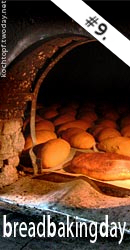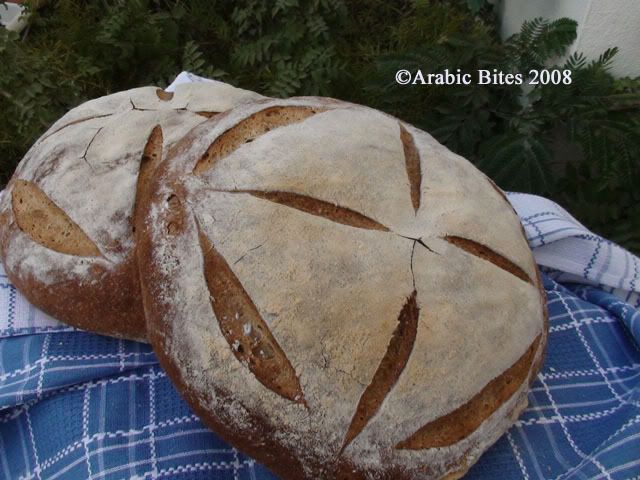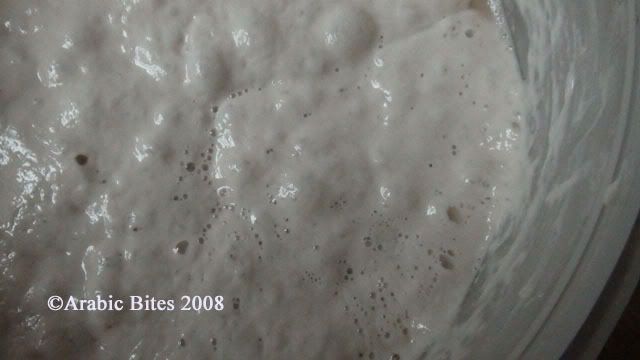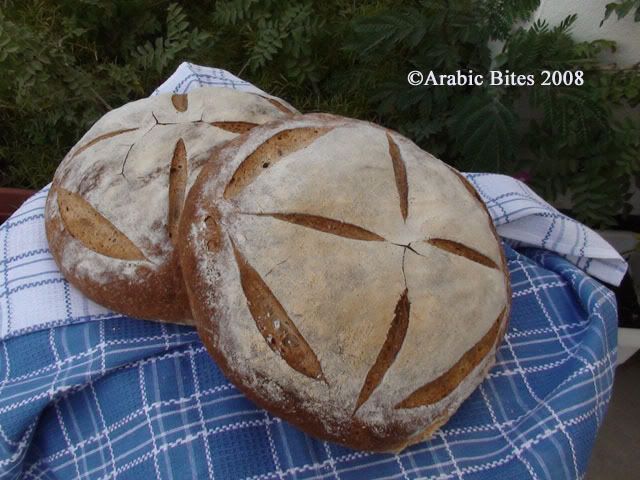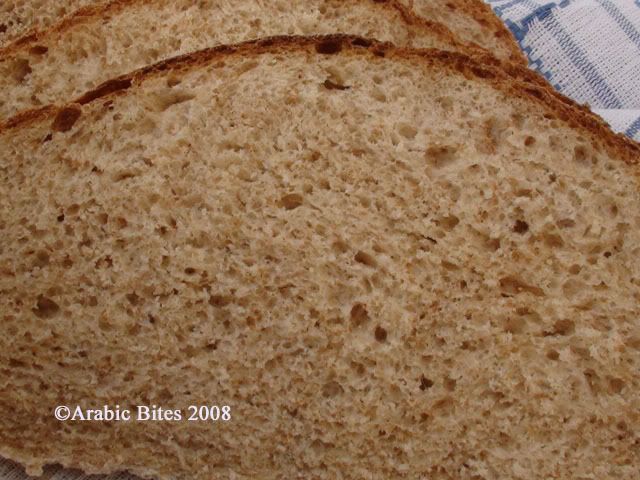I caught onto refreshing sourdough starter in bmuir's guide as one of the easier ways to understand my starter -- TFL node 6742. Now that the weather is warming up I find my starter is developing better though this guide really helped me with the numbers.
First, since I have been wanting to convert my 100% starter to a firm one and I had just bought a used Glezer "Artisan Baking Across America" I thought I'd try her method for that. (My starter began about three years ago from freshly milled rye flour per RL Bernbaum's "Bread Bible" method.) I took 15 grams of my starter, added 15 of water and 50 of while bread flour (15-15-50), it rose 2x by 8-12 hours. Since it seemed slow to rise I then used Glezer's method to enliven my firm starter to make sure it was active enough - so I did a refreshing schedule of (15-25-45) starter-water-flour every 12 hours. That just didn't seem to go as Glezer said it would (by tripling or quadrupling!?). So, as I read in various blogs here on TFL (such as node 1807), I took Andrew's advice and used his amounts (30-30-50), and my starter started to grow well to 2-3x in 3-5 hours. So, I knew my sourdough starter was good.
Now, I was ready for bmuir's guide and graph to direct me. I did the (25-50-50) building first, every 12 hours I added on, and by 36 hours I had the 500 Grams of starter/preferment to bake. (I didn't want the 1000 gram amount.) After the first two feedings it had doubled in 4-6 hours (the aroma was soooo goood) and with dmsnyder's and Mike Avery's advice I refrigerated it "because you want to use the starter at the peak of activity when you add it to the dough".
I was now ready to make bread. I took out the refreshed starter/preferment from the fridge and let it warm up for 2 hours to nice and bubbly. I made half recipe of Glezer's Thom Leonard Country French by zolablue's node 3934 -- specifically with the sifted Hodgson Mill graham flour mixed with KA bread flour. I followed the recipe fairly exact; it rose according to the hours mentioned (I made sure of a 75F rising temperature by using a heating pad+rack+towel cover). I made one large boule, risen in a willow banneton, and baked it a total of 40 minutes.

shaped Thom Leonard country french bread

baked Thom Leonard country french bread

sliced country french bread
The bread rose well, had a great oven spring (though maybe not deep enough slashes?) and had a great wheaty taste. I wish I had real high extraction flour to see how that affects the taste.
Then since I had more fresh sourdough starter leftover, I made pizza dough per Peter Reinhart's 'transitional' whole wheat pizza in his WGB book. I quickly made up a soaker with whole wheat flour, let it sit/autolyse for an hour, added it and the remaining refreshed starter to the total dough and refrigerated it until an hour or two before I made the pizza, probably 6-8 hours. The dough turned out much more elastic and fun to work with than in the past when I had used this recipe. I did use active dry yeast instead of instant yeast - maybe this and the nicely active starter helped.

elastic sourdough pizza dough
I used the tomato based sauce per "a pizza primer" by Floydm's recipe and here is the result, a tasty pepperoni-onion-mushroom-basil pizza.

'transitional' sourdough crust pizza
As you can see I used several different books, and many ideas, recipes, and recommendations from a variety of TFL bloggers. The Fresh Loaf has been so good for me!
Anet




